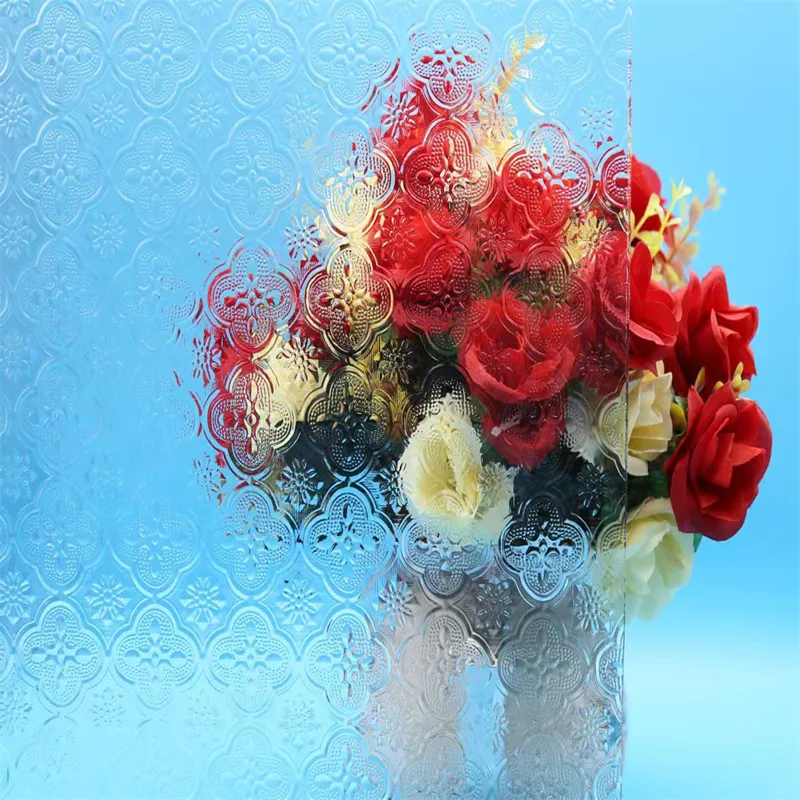11 月 . 02, 2024 06:37 Back to list
sandblast etching
Sandblast Etching An Artistic Journey through Abrasion
Sandblast etching, also known as sandblasting or abrasive blasting, is an innovative technique widely celebrated in the fields of art, design, and manufacturing. This process enables artisans and craftsmen to create intricate patterns and designs on a variety of surfaces, including glass, stone, metal, and ceramics, by utilizing the power of high-velocity abrasive particles. The versatility and precision of sandblast etching have made it a popular choice for both functional and decorative applications.
At its core, sandblast etching involves propelling abrasive materials—often silica sand—at a surface using a stream of compressed air. When the abrasive particles strike the surface, they create micro-abrasions that etch away the material, resulting in a textured or frosted effect. The beauty of this technique lies in its ability to achieve varying depths and shades, allowing artists to bring their creative visions to life.
One of the greatest advantages of sandblast etching is its adaptability. Artists can use stencils, templates, or freehand techniques to create detailed designs. Stenciling is especially popular, as it offers precision and consistency while allowing for meticulous detailing. This method is often employed in the production of memorial plaques, custom awards, decorative glassware, and architectural elements.
sandblast etching

The significance of sandblast etching extends beyond aesthetic purposes. In architectural applications, it can serve both functional and ornamental roles. For instance, etching can improve privacy in glass structures while maintaining an attractive appearance. It has been used to create beautiful partition walls, shower enclosures, and windows, harmonizing utility with artistry. Additionally, in product design, etching enhances the tactile and visual appeal of items like vases, bowls, and awards.
On the artistic front, many contemporary artists have embraced sandblast etching as a means of expression. The technique allows for the layering of images and textures, producing rich visual narratives. Artists can combine sandblast etching with other methods, such as painting or digital printing, to create multidimensional works that engage viewers on multiple levels. This fusion of techniques pushes the boundaries of traditional craftsmanship, offering new avenues for innovation and creativity.
However, like any art form, sandblast etching comes with its challenges. Achieving the desired outcome requires skill and experience; fine-tuning the pressure of the abrasive stream, selecting the appropriate materials, and developing an eye for detail are all critical for success. Moreover, since the process involves the use of potentially hazardous materials, safety precautions must be taken to protect artists from dust and debris.
In conclusion, sandblast etching is more than just a technique—it's a convergence of art, science, and craft. With its diverse applications and capacity for intricate designs, it continues to inspire a new generation of artists and creators. As tools and technologies evolve, so too will the possibilities within this dynamic field, promising exciting advancements in both artistic expression and commercial application. Whether on a large architectural scale or in intimate decorative pieces, sandblast etching remains a testament to the ingenuity and creativity of human artistry.
-
Wired Glass: A Strong and Secure Glass Solution for Various Applications
NewsNov.04,2024
-
Tinted Glass: A Stylish and Functional Choice for Modern Homes
NewsNov.04,2024
-
The Elegance and Versatility of Silver Mirrors
NewsNov.04,2024
-
The Advantages of Copper Free Mirrors
NewsNov.04,2024
-
Tempered Glass: A Reliable Choice for Modern Applications
NewsNov.04,2024
-
Pattern Glass: Stylish and Functional Glass for Modern Design
NewsNov.04,2024
Related PRODUCTS














